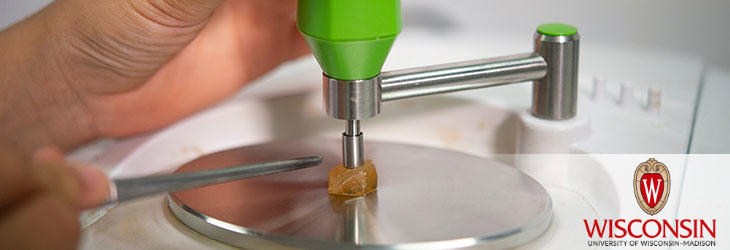Research Tools

Method Of Identifying Allosteric Biosensor Proteins With New Specificities
WARF: P230343US02
Inventors: Srivatsan Raman, Kyle Nishikawa, Nathan Novy
The Invention
UW-Madison researchers have developed an RNA barcode method to measure transcripts produced under an inducible promoter without the need for deep sequencing. The method involves adding a random RNA barcode to a short nucleic acid sequence used as a reverse transcriptase docking site downstream of an allosteric transcription factor variant. Responsiveness of the allosteric transcription factor to the ligand of interest is measured after RNA-seq and qRT-PCR which generates a ratio of barcodes to overall DNA amounts. Transcription factors that optimally respond to the ligand of interest, produce the highest ratio of RNA barcodes to total cDNA.
The transcription factor variants can be linked to multiple barcodes, but a single barcode cannot be linked to multiple variants. The expression of the variant blocks the expression of the RNA bar code. If the variant responds to the ligand of interest, the variant leaves leading to expression of the RNA bar code. Variant responsiveness to the ligand is measured through a ratio RNA present from the barcodes normalized against the cDNAs of the variant in the cell. The inventors tested this new method of optimizing the screening for biosensors by testing their library of putative biosensors against a set of 6 compounds, some with significant structural differences and some with minor chemical differences. They provided a heat map of variants and responses and showed that the biosensors that responded to the ligands clustered in different protein mutation clusters.
Additional Information
For More Information About the Inventors
For current licensing status, please contact Jennifer Gottwald at [javascript protected email address] or 608-960-9854